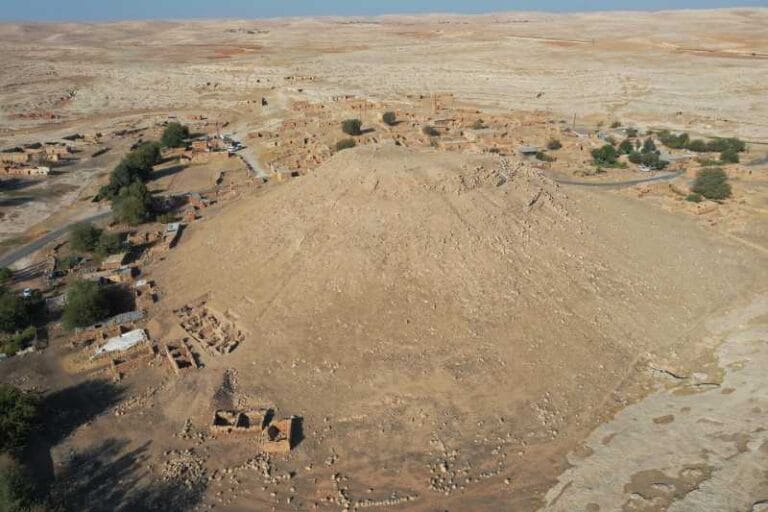Researchers uncover potential new ancient human species

A researcher from the University of Hawaiʻi may have identified a new human species, Homo juluensis, potentially linked to enigmatic groups like the Denisovans—ancient human relatives whose stories remain partially untold.
Professor Christopher J. Bae, from the University of Hawaiʻi at Mānoa’s Department of Anthropology in the College of Social Sciences, has dedicated over 30 years to studying human ancestors across Asia. His latest findings, published in Nature Communications, shed light on the complex interplay of ancient human-like species that co-existed in eastern Asia during the late Middle to early Late Pleistocene, approximately 300,000 to 50,000 years ago.
Homo juluensis is believed to have lived around 300,000 years ago in eastern Asia, hunting wild horses in small groups, crafting stone tools, and possibly preparing animal hides for survival. This species disappeared roughly 50,000 years ago.
The new species may include the elusive Denisovans, known primarily through DNA from limited remains in Siberia and a few fossils in Tibet and Laos. However, further research is needed to confirm this connection, as the hypothesis is largely based on similarities in jaw and dental fossils from these sites.
Bae attributes the breakthrough to a novel method of organizing fossil evidence. He likens it to arranging an old family photo album, where some images are blurry or difficult to identify. By applying this innovative approach, Bae and his research team have developed a clearer system for categorizing and interpreting ancient human fossils from regions including China, Korea, Japan, and Southeast Asia. This method has helped to untangle the complex relationships between various early human species.
“This study clarifies a hominin fossil record that has tended to include anything that cannot easily be assigned to Homo erectus, Homo neanderthalensis or Homo sapiens,” Bae said. “Although we started this project several years ago, we did not expect to be able to propose a new hominin (human ancestor) species and then to be able to organize the hominin fossils from Asia into different groups. Ultimately, this should help with science communication.”
This research holds significant value in advancing our understanding of human evolution in Asia, offering insights into the intricate history of our ancient relatives and addressing gaps in our evolutionary narrative.
Bae collaborated with co-author Xiujie Wu, a senior professor at the Institute of Vertebrate Paleontology and Paleoanthropology, Chinese Academy of Sciences in Beijing. Wu served as the lead author on the taxonomic classification and detailed description of Homo juluensis.
More information: Christopher J. Bae et al, Making sense of eastern Asian Late Quaternary hominin variability, Nature Communications (2024). DOI: 10.1038/s41467-024-53918-7






